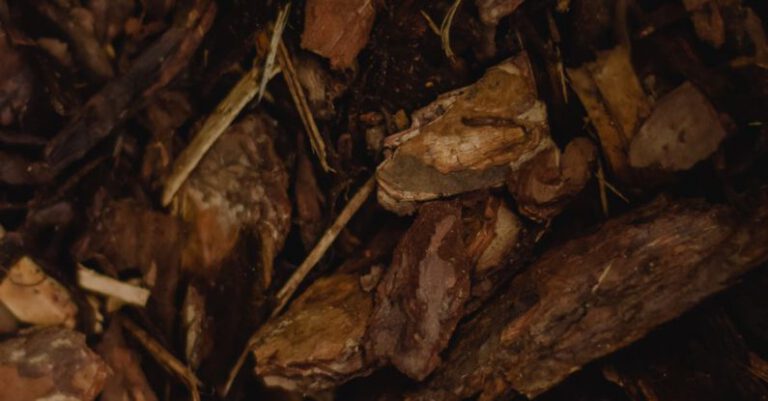What Are the Best Drought-resistant Plants for Dry Climates?
Dry climates present a unique challenge for gardeners and landscapers looking to cultivate a lush and thriving outdoor space. The lack of consistent rainfall and high temperatures can quickly take a toll on traditional plants, making it essential to choose drought-resistant varieties that can withstand these harsh conditions. Luckily, there are plenty of beautiful and resilient plants that are well-suited to thrive in arid environments. In this article, we will explore some of the best drought-resistant plants that can add color and texture to your garden while requiring minimal water and maintenance.
Choosing the right plants for your dry climate garden is crucial to ensure a successful and sustainable landscape. By selecting species that have adapted to thrive in arid conditions, you can create a beautiful and environmentally friendly outdoor space that conserves water and minimizes the need for constant upkeep. Here are some of the best drought-resistant plants to consider for your garden:
Succulents:
Succulents are a popular choice for dry climate gardens due to their ability to store water in their fleshy leaves and stems. These plants come in a wide variety of shapes, sizes, and colors, making them versatile additions to any garden. Some popular succulent varieties include Aloe vera, Echeveria, and Sedum. Succulents are low-maintenance plants that require infrequent watering, making them ideal for busy gardeners or those looking to conserve water.
Cacti:
Cacti are iconic symbols of arid landscapes and are well-known for their ability to thrive in hot and dry conditions. These plants come in a range of shapes and sizes, from small, round varieties to towering saguaros. Cacti are highly drought-resistant and require minimal watering once established. Some popular cactus species for dry climates include the Golden Barrel Cactus, Prickly Pear Cactus, and Organ Pipe Cactus. Cacti can add a unique and sculptural element to your garden while requiring little maintenance.
Lavender:
Lavender is a fragrant and versatile plant that is well-suited to dry climates. This herbaceous perennial produces spikes of purple flowers that attract pollinators and add a pop of color to the garden. Lavender is drought-tolerant once established and thrives in full sun with well-draining soil. In addition to its ornamental value, lavender has a variety of culinary and medicinal uses, making it a valuable addition to any garden.
Yucca:
Yucca plants are native to arid regions of the Americas and are well-adapted to hot and dry conditions. These striking plants feature sword-like leaves and tall spikes of white flowers. Yuccas are low-maintenance and drought-resistant, making them a great choice for dry climate gardens. Some popular yucca species include Spanish Dagger, Joshua Tree, and Adam’s Needle. Yuccas are excellent focal points in the garden and can thrive with minimal water and care.
Russian Sage:
Russian Sage is a hardy perennial that thrives in dry climates and produces spikes of lavender-blue flowers. This drought-tolerant plant is well-suited to hot and sunny locations and is a favorite of pollinators such as bees and butterflies. Russian Sage requires minimal water once established and can thrive in poor, sandy soils. This plant is a great choice for adding color and texture to a dry climate garden while attracting beneficial wildlife.
In conclusion, creating a thriving garden in a dry climate is possible with the right plant selection. By choosing drought-resistant species such as succulents, cacti, lavender, yucca, and Russian Sage, you can create a beautiful and sustainable outdoor space that conserves water and minimizes maintenance. These plants offer a range of colors, textures, and fragrances, making them versatile additions to any dry climate garden. With proper care and attention, your garden can flourish even in the most challenging of conditions.






